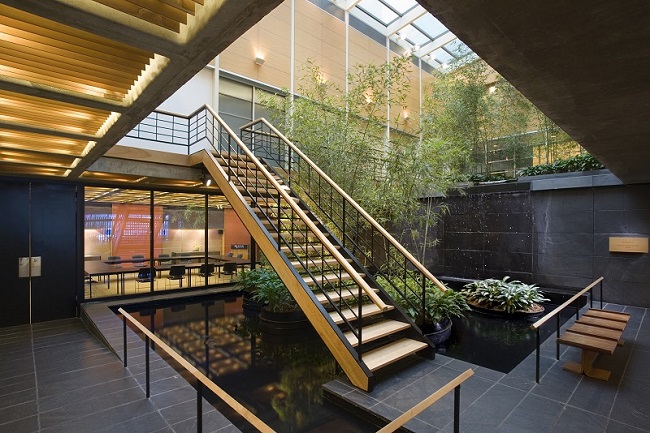With concern about climate change on the rise, many citizens are taking steps to reduce their carbon footprint and have a more positive impact on the environment. With over 180 million people, Nigeria’s carbon output exceeds that of other African countries such as Ghana and Kenya, in part due to emissions from homeowners. In fact, Nigeria has a huge housing deficit, making sustainable housing a low priority. Nonetheless, more builders are choosing to construct homes that use less energy and more solar power.

Designing a self-sufficient home can help local families to cut back on carbon emissions while also reducing their monthly bills. Not to mention, wooden homes are more ecological and economic alternative to homes made of concrete and brick. Here are some tips on how to create a sustainable living situation and the far-reaching benefits that it can have.
Go Off the Grid
Many Nigerian homes are powered by coal or gas, which can have a significant impact on the environment. Sustainable homes are not only a part of nature but also beneficial for the environment. Thus, they are made from non-petroleum materials that are biodegradable, recyclable, and ecological. Going off the grid and switching to an alternative energy source such as wind or solar will slash your carbon footprint and give you more control over your energy consumption. Solar is particularly easy to install, regardless of where you live, and the panels can last for up to 25 years with minimal maintenance.
Manage Water and Waste with Wood
Wood does not act as a thermal bridge but as a natural insulator, keeping the home warm in the winter and cool in the summer. Building with wood requested the use of less energy, smaller carbon footprint, and lower environmental impact than conventional methods. In fact, the materials used for finishing self-sustaining homes are made of pressed wood, tiles, natural stones, shale, etc. – all of which minimises construction and upkeep maintenance.
While some self-sufficient homes have access to a well, many must rely on rainwater for chores such as dishes and laundry. Rainwater is collected, funneled, and gravity-fed into a cistern, then channeled into a pump system for easy use. After washing, greywater can be reused and recycled two to three more times. Once removed, this water can be used to irrigate plants so that it doesn’t go to waste. It can also be channeled into the septic system for waste.
How Sustainable Living Impacts Society
Sustainable homes are not only more comfortable and more cost-effective but also benefit the community as a whole. Managing a self-sufficient home means less waste, which helps to keep the area around you clean and safe. Green materials tend to contain fewer dangerous chemicals that can harm occupants and the environment.
Adding green modifications to your home can also increase its property value. Installing features such as solar panels and a waste management system means that you can sell your home at a higher price if you ever decide to move. Not only that but going green can also help to raise the value of your neighbors’ properties as well.
Creating a self-sufficient home not only helps to make your life easier but also benefits the environment and the community as a whole. Producing your own energy and managing your own waste means a cleaner and greener world for our children. With some relatively simple changes to your living situation, you can do your part to reduce your carbon footprint.
By Cassandra Ally
